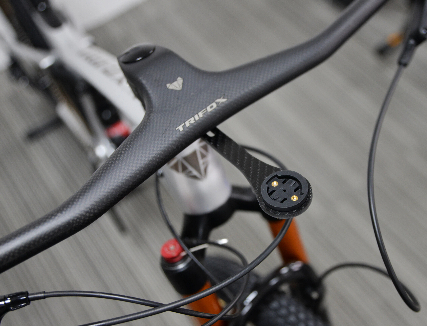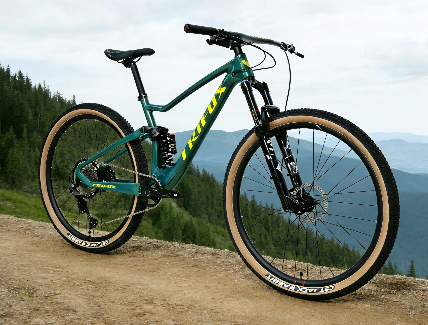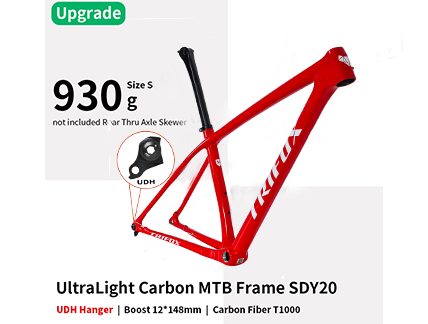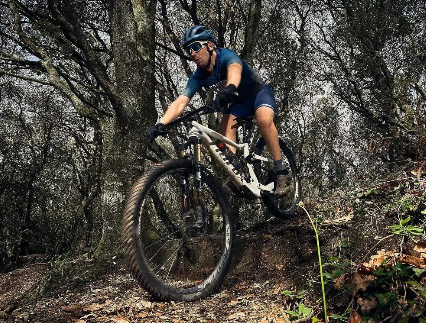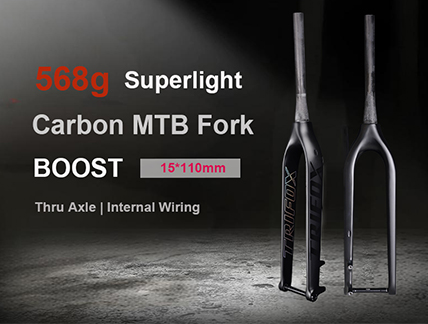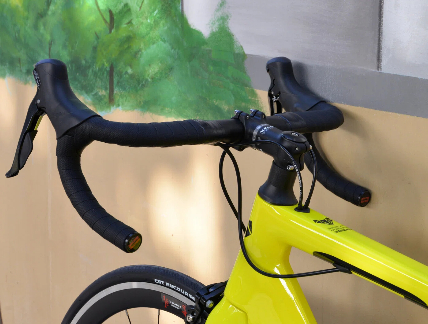When buying a frame, many riders only choose the model based on their height, which often leads to a series of frame size deviations, difficulty in adjusting the height of the saddle, and pain caused by excessive extension in subsequent riding. Today I will bring you a little knowledge, on how to choose the correct frame size.
We need to clarify the difference between Bike Sizing and Bike Fitting
Bike Sizing, based on the measurement of human body data, ensures that the rider buys the frame and parts of the correct size, and the measurement is simple, only basic tools are needed to lay the foundation for subsequent Bike Fitting.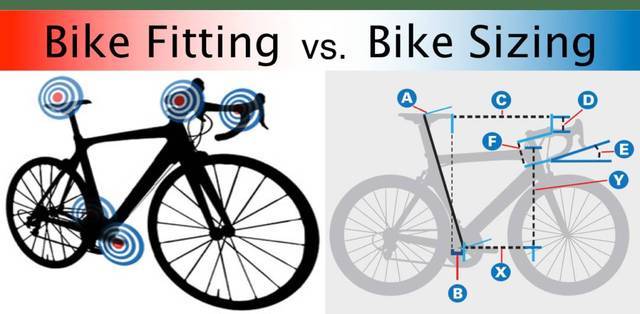
Bike Fitting is based on kinematics data to adjust some of the contact points between the rider and the bicycle and make reasonable adjustments to the riding posture based on the rider's physical assessment and riding style.
Bike Sizing, as a basic operation, assists us in choosing the correct road bike size, making the bike more suitable for its own value and increased riding comfort. Therefore, friends can go to a nearby bicycle shop for professional size measurement or use simple tools to measure the size of their own bikes at home.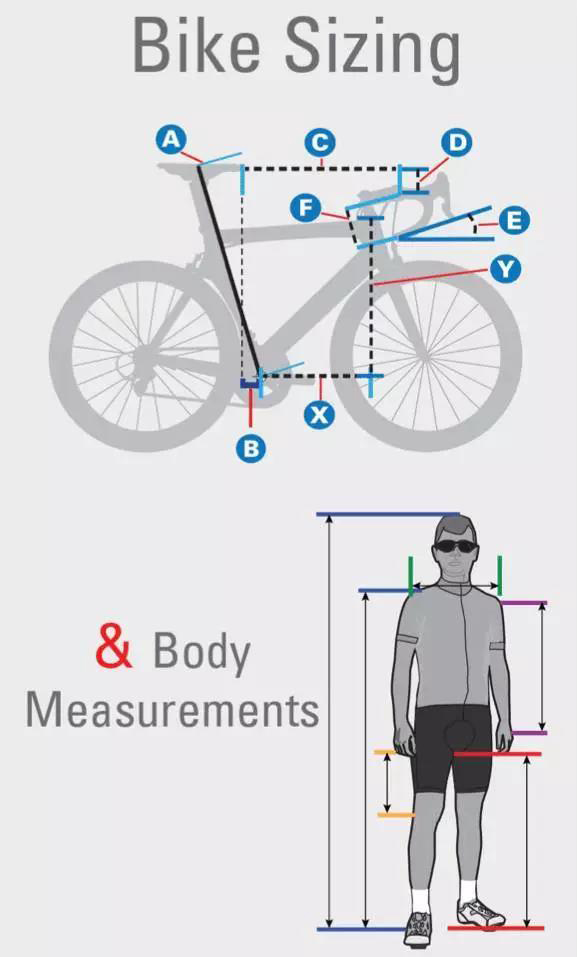
Basic measurement preparation:
Level, tape, cycling pants, cycling socks, paper, pens, etc., you can start measuring with basic preparations.
Measurement span
●Take off your shoes and stand at approximately the distance between your feet
◆Lift up the level forcefully and hold it against the pubic bone
■Measure the vertical height, the data is accurate to millimeters
Note: In this step, avoid wearing any daily casual pants or jeans. The thickness of the crotch of ordinary pants and cycling pants is different, and there will be large errors in the measurement.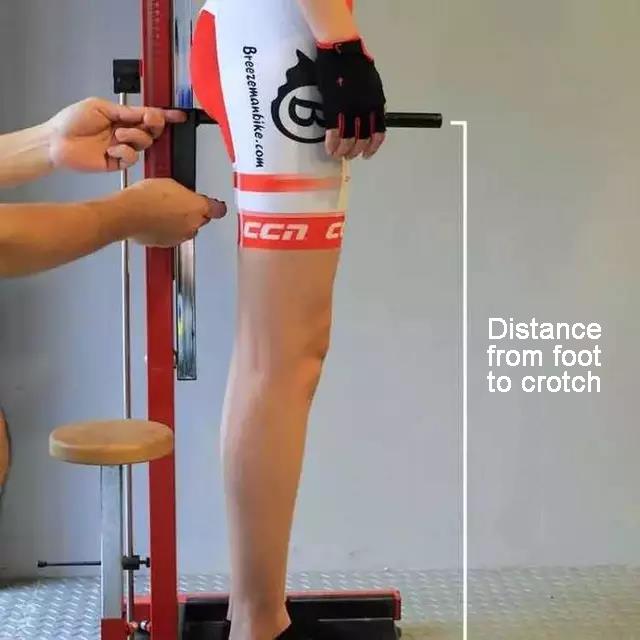
Assess lower limb flexibility
●Place your arms on your shoulders and stand with your feet shoulder-width apart (place your arms on your shoulders, which can reduce the tester's awareness of touching the ground with his hands and reduce the evaluation error caused by excessive pressure on the upper limbs)
◆Knees stretched straight, legs perpendicular to the ground
●Bend the hips to the back of the lower extremities tight
■Observe the inclination of the sacrum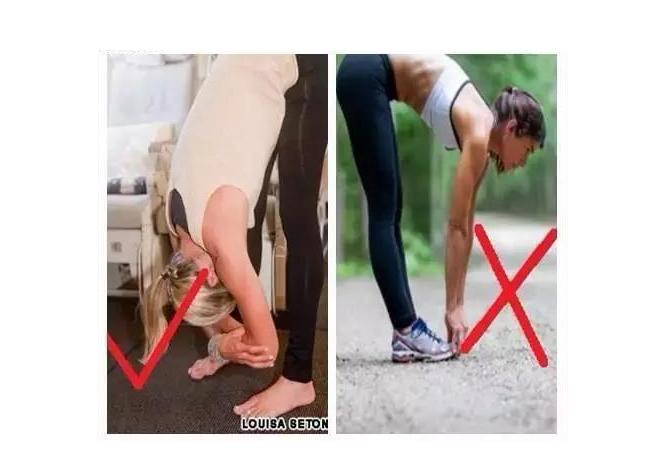
Note: When flexing the hip, if the hip has a certain amount of backward tilt and the lower limbs are not stretched, it will affect the final judgment and evaluation. It can be carried out against the wall to prevent variables that affect the evaluation.
03 Record and calculate
●Record the measured span height data (accurate to mm)
◆Evaluate the degree of flexibility of the lower limbs. The acceptable drop angle is different for different flexibility, and the flexibility is poor. In the setting of the car, it is necessary to consider reducing the drop from the seat to the handlebar.
■Calculate the approximate seat cushion height
Calculation formula: span height×0.887, which is the height of the saddle (the length from the center point of the bottom bracket to the apex of the center of the saddle, as shown in the figure below)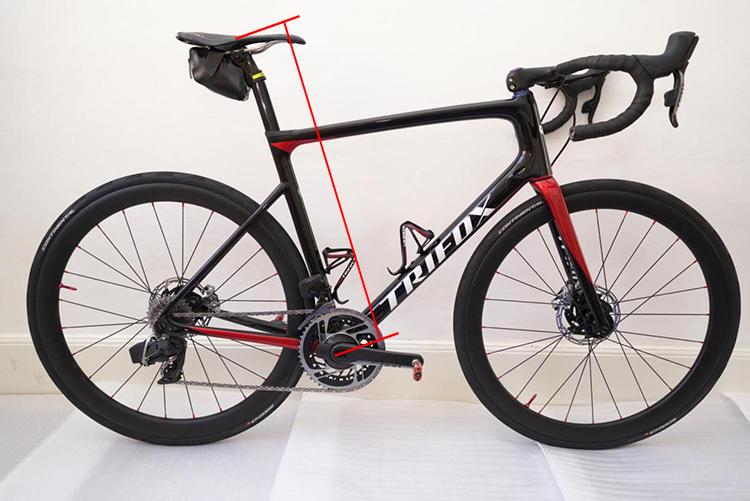
04 Check the size chart to determine the frame size
It is obtained by calculation, and after rounding the value, you can find the corresponding frame size in the size table.
How to determine the size of the frame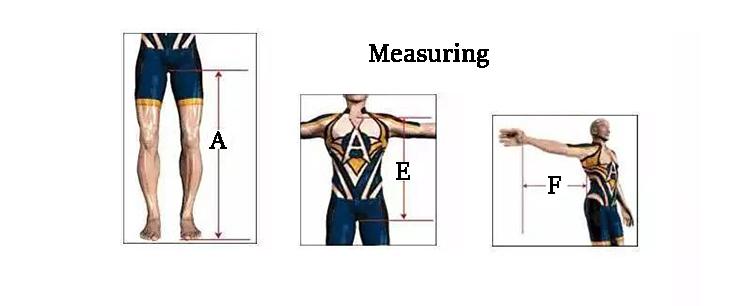
Measure the distance from the Crotch to the ground as A
Then the size of the road bike frame is A(cm)x0.67=B
The size of the mountain bike frame is (B-11)x0.394=C
Example
If A=77cm
Then the applicable road bike frame is 77×0.67=51.6cm
The applicable mountain bike frame size is (51.6-11)x0.394=16″
Measure the distance from the bottom to the ground as A
Then the size of the road bike frame is A(cm)x0.67=B
The size of the mountain bike frame is (B-11)x0.394=C
How to determine the length of the frame
Measure the distance from the lower straddle to the clavicle as E
Measure the distance from the armpit to the thumb joint as F
Then the horizontal length of the frame (including the stem length) is D
D=(E+F)/2 +X
Stem Length=D-ET(effective top tube length)
If E=58cm, F=55cm, then
The length of the road bike body is (58+55)/2+4=60.5cm
The size of the mountain bike body length is (58+55)/2 +8=64.5cm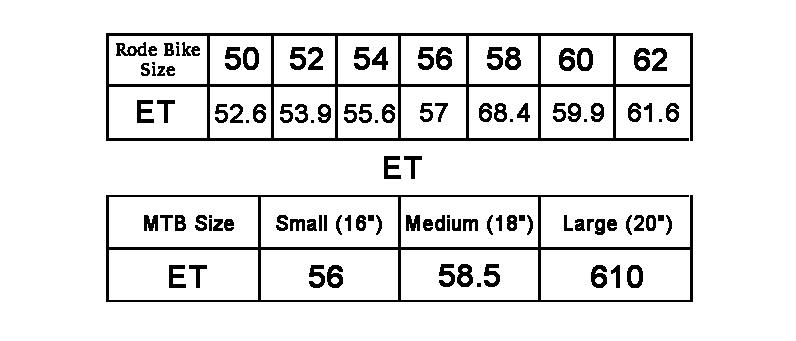
The stem length of the road bike is 60.5 -53.9 = 6.6cm
The stem length of the mountain bike is 64.5 -56 =8.5cm
Everyone's body length, foot length, and hand length are different. However, most of today's frames can be adjusted by adjusting the front, rear, and height of the saddle, and the distance of the handlebars, and making slight adjustments to match the most suitable cycling posture. Choose the correct size based on your height, and then "fine-tune" the saddle or stem and handlebar to suit the length of your hands and feet. Choose an unsuitable frame, and then "replace" the saddle or stem and handlebar to suit the individual. The height and length of the hands and feet are the same. Some people choose a frame based on the length of their feet alone. For example, if a person with 180cm legs has short legs and a foot length of 75cm, he would choose a 16-inch frame. But the legs are short relative to the body and must be longer. If it fits his feet, it cannot fit his upper body. There is no way to fine-tune it. Therefore, you must choose the correct frame based on your height to have room for fine-tuning.
For a bicycle with a 26-inch wheel diameter, a height of 180cm is the most suitable size for a seat tube of 18 inches, 170cm is 17 inches, and of course, 160cm is 16 inches! The height of 150-160 can choose a frame of 14-15.5 inches. If you are taller than 180, it is recommended to try your friend's 18 to 21-inch frame in person (due to the same wheel diameter, the size of the frame under 160 and over 180 will start to deviate).
700c frame wheel diameter road bike: top tube length 49 (+-0.5cm) suitable for riders with a height of 155 (+-5cm); top tube length 50 (+-0.5cm) suitable for a height of 160 (+-5cm); Top tube length 51 (+-0.5cm) is suitable for height 165 (+-5cm); top tube length is 52 (+-0.5cm) is suitable for height 170 (+-5cm) and top tube length is 53 (+-0. 5cm) is suitable for height 175 (+-5cm); the top tube length 54 (+-0.5cm) is suitable for the height of 180 (+-5cm). The above is the general recommended value. For those with short bodies and long legs, try not to exceed the recommended value.
The frame is the most important backbone of the bicycle. Choose the right frame and cycling life is wonderful (it will be fine if you want to change anything in the future); if you choose the wrong frame, cycling will be frustrating. It is useless to choose an oversized frame, which is not a wise choice to increase the weight of the frame and reduce the handling flexibility.
Mountain bikes are based on the subjective comfort of the individual riding. In addition, the horizontal angle of the high-span or low-span "up tube" (connected to the head tube to the seatpost) frame can be considered, so that the foot will not be allowed to land when the rider stops. Straddle down to the frame, and don't deliberately choose a high-span frame that is too small to cater to the lack of leg length. Choose the frame size that best suits your height and take into account the foot length. Choose a frame with a high or low top tube span, so that you can achieve the ultimate goal of "tailor-made".
After reading it, there should be no problem with the size of the bicycle frame. Click here to buy a safe and comfortable frame.






























































